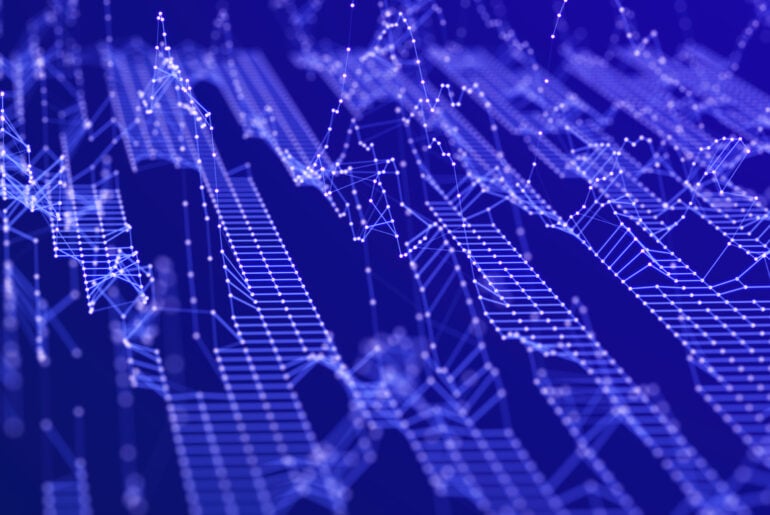On February 13, 2024, the USPTO issued new guidance regarding the patentability of inventions created with the assistance of AI. Issued in response to the “Executive Order on the Safe, Secure, and Trustworthy Development and Use of Artificial Intelligence” released by President Biden on October 30, 2023, this guidance has been highly anticipated, in view of the market’s rapid adoption of AI tools in all corners of business, including the creation of inventions and new ideas.
It has been settled that AI cannot be an “inventor” of a U.S. patent since the Court of Appeals for the Federal Circuit weighed in on the issue in 2022. In Thaler v. Vidal, 43 F.4th 1207 (Fed. Cir. 2022), the Court of Appeals for the Federal Circuit decided that an “inventor” of a patent must be a human individual in order to seek patent protection with the USPTO. However, the decision left the door open for human inventors to be “assisted” by AI in some capacity while the human invents a new idea. It was unclear exactly how much, and in what ways, an inventor may use AI and still be qualified for patent protection, but the new guidance from the USPTO looks to establish guardrails and best practices.
The USPTO clarified that the proper question one should ask when evaluating inventorship in the presence of AI is that on a claim-by-claim basis, whether a human individual “significantly contributed” to the invention. This is an interesting reversal of how one might typically think through such issues, as the crux of the evaluation now lays on the contributions of human inventor(s), rather than on the extent an AI tool may have been used.
To evaluate whether an inventor’s contribution was “significant,” applicants are to use the Pannu factors (laid out in Pannu v. Iolab Corp., 155 F.3d 1344, 1351 (Fed. Cir. 1998)). The guidance sets forth a non-exhaustive list of principles to aid application of the Pannu factors to the invention’s context. To provide some examples: while merely presenting a problem or prompt to an AI tool would not rise to the level of a “significant contribution,” creative manipulation of the prompt, however, may meet that threshold. Similarly, simply claiming the unmodified output from an AI system as inventive would likely not rise to the requisite level, but making a significant contribution to an output, may allow the human user to qualify as an inventor. Additionally, a person who “designs, builds, or trains an AI system in view of a specific problem [or] to elicit a particular solution,” may be considered an inventor – leaving an interesting doorway open to claim inventions when you are designing an AI tool to “create” in a specific technology space or to address a specific problem. Inserting a prompt into a readily accessible AI bot (like Chat GPT) that is designed for broad use cases would likely not be enough, but the development of AI models internal to a company, for a specific purpose enabled by coding the bot in a unique way, could potentially rise to the level of inventorship.
Notably, this analysis is directed toward determining the “inventorship” of a given patent application. If one of the human contributors for an application does not actually rise to the level of “inventor” (in view of the factors described above), the application may be susceptible to challenges based on an incorrect inventor disclosure, putting the whole application at risk. It is important to consider how and the extent to which AI has been used in the “conception” of each claim in an application (the creation of the foundation or operability of the idea) as part of initial inventorship analysis, rather than only identifying who contributed to implementation or reduction to practice of an idea.
The USPTO is still seeking public feedback on the new guidelines, which is due by May 13, 2024.
For additional information, see our related Connect on Tech blog post on Averting Patent and other IP Risks in Generative AI Use.



